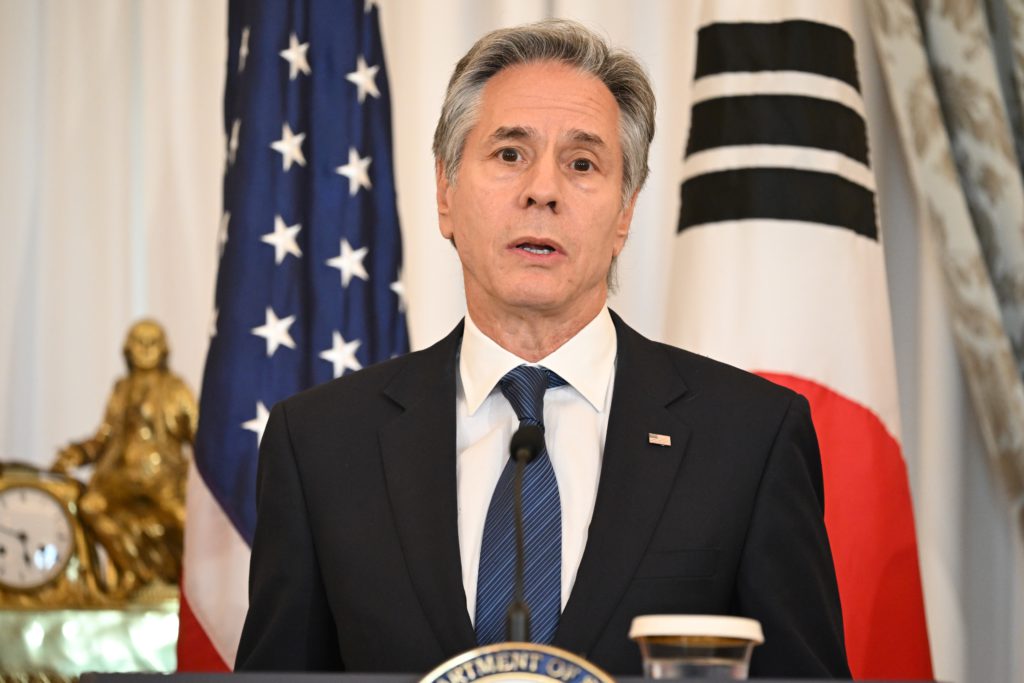From bars to factories to warehouses, American businesses hired staff with vigor in April as the US economy recovers from the damage done by Covid-19 while grappling with inflation that has hit the highest rate in decades.
Employers in the world’s largest economy added 428,000 jobs last month, the Labor Department said Friday, keeping the unemployment rate at 3.6 percent, just above where it was before the spread of Covid-19 caused mass layoffs two years ago.
The data pointed to continued strong job growth and contained hints that some inflationary pressures may be easing — welcome news for an economy where consumer prices have climbed at a rate not seen since the 1980s.
President Joe Biden described the data as a sign that his policies had revived the economy from the grievous damage wrought by the pandemic.
“Our plans and policies have produced the strongest job creation economy in modern times,” Biden said in a statement.
The report was released two days after the Federal Reserve hiked its key lending rate by a half-percentage point to crush the wave of price increases, and signaled it plans further hikes in the months to come.
Workers’ wages are a component of accelerating inflation, and the jobs report showed average hourly earnings rising only 0.3 percent compared to March, a slower pace that in recent months and potential signal the price pressures are abating.
However, economist Joe Naroff warned wages were still trending upwards and the generally rosy picture of the labor market the data painted may convince the Fed aggressive rate hikes are needed to lower inflation.
“Sometimes good news is not necessarily good news and this report, thought it shows that economy is still moving forward solidly, may be a problem for investors,” he said.
– Hiring across industries –
After spiking to 14.7 percent in April 2020 following business closures across the country as the pandemic began, unemployment has declined steadily and is now just a hair above its 3.5 percent rate before Covid-19 arrived.
The number of unemployed people was at 5.9 million last month, the Labor Department said, also not far from where it was in February 2020, while a range of businesses took on new hires.
These included the leisure and hospitality sector, which encompasses the bars and restaurants that bore the brunt of the pandemic restrictions.
The sector added 78,000 jobs last month, while manufacturers hired 55,000, transportation and warehousing took on 52,000, and employment at professional and business services firms rose 41,000.
But the labor force participation rate indicating the share of the population employed or searching for work declined slightly from March to 62.2 percent, bringing it back to its level at the start of the year.
Supply of workers has been an ongoing problem for employers: Other data released recently shows there are nearly two job openings for every unemployed person in the labor force.
“Looking ahead, we expect more workers to come off the sidelines in search of work and labor demand to cool as businesses feel the pinch from high inflation and tighter financial conditions,” Kathy Bostjancic of Oxford Economics said.
– Potent inflation –
The data indicated some improvement in racial disparities in the labor market, with the Hispanic unemployment rate falling slightly to 4.1 percent.
Joblessness among African-American workers declined to 5.9 percent as more women were hired, though unemployment rose for Black men.
Asian unemployment ticked up to 3.1 percent, while it was flat for white workers at 3.2 percent.
Despite the slowing in monthly wage growth, Sophia Koropeckyj of Moody’s Analytics noted the 5.5 percent annual salary increase in April was not keeping pace with inflation, which has seen consumer prices climb at an 8.5 percent annual rate.
“The one month of softer wage growth is really not sufficient to allay concern about wage pressures. Hence, the Fed’s success in slowing the economy and tempering wage and price pressures is of paramount importance,” she wrote in an analysis.










